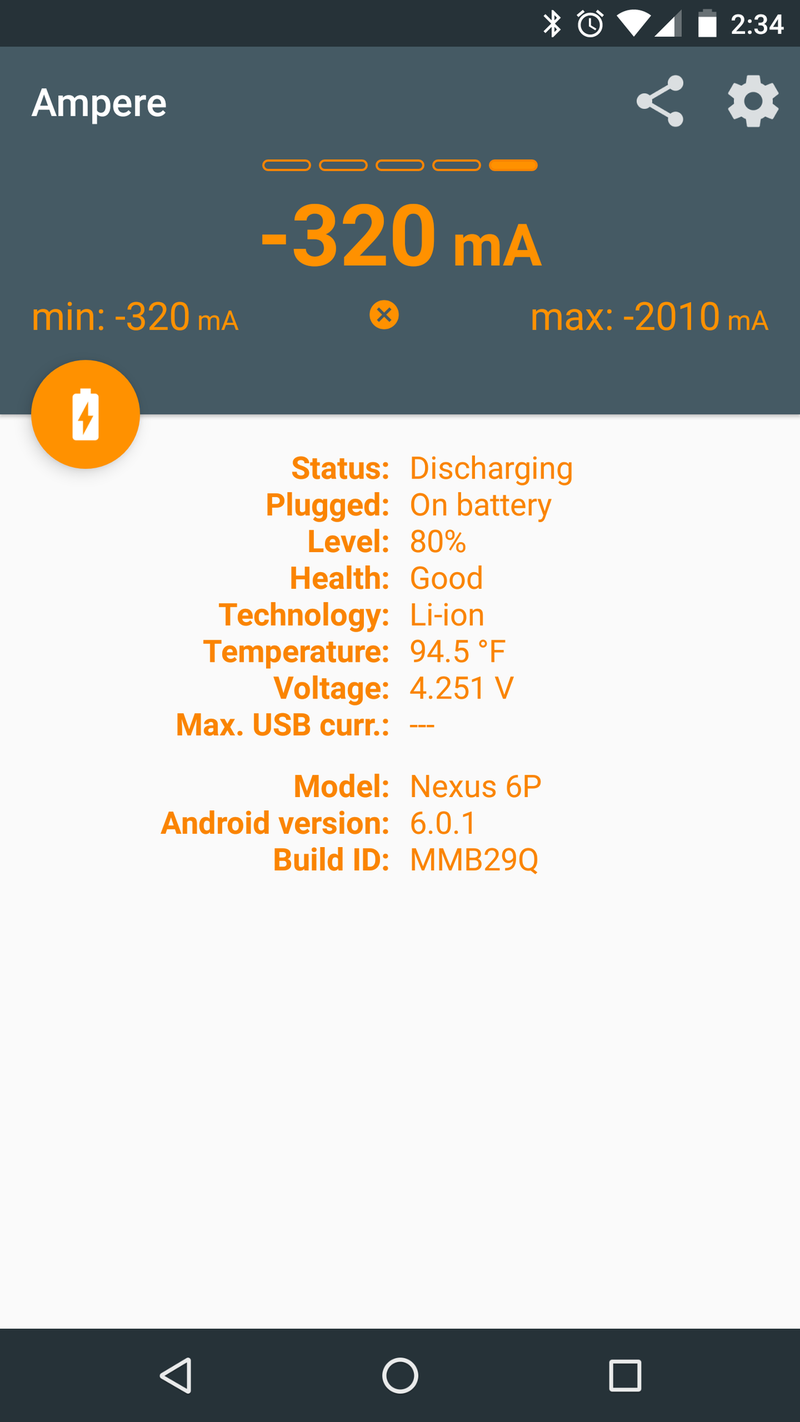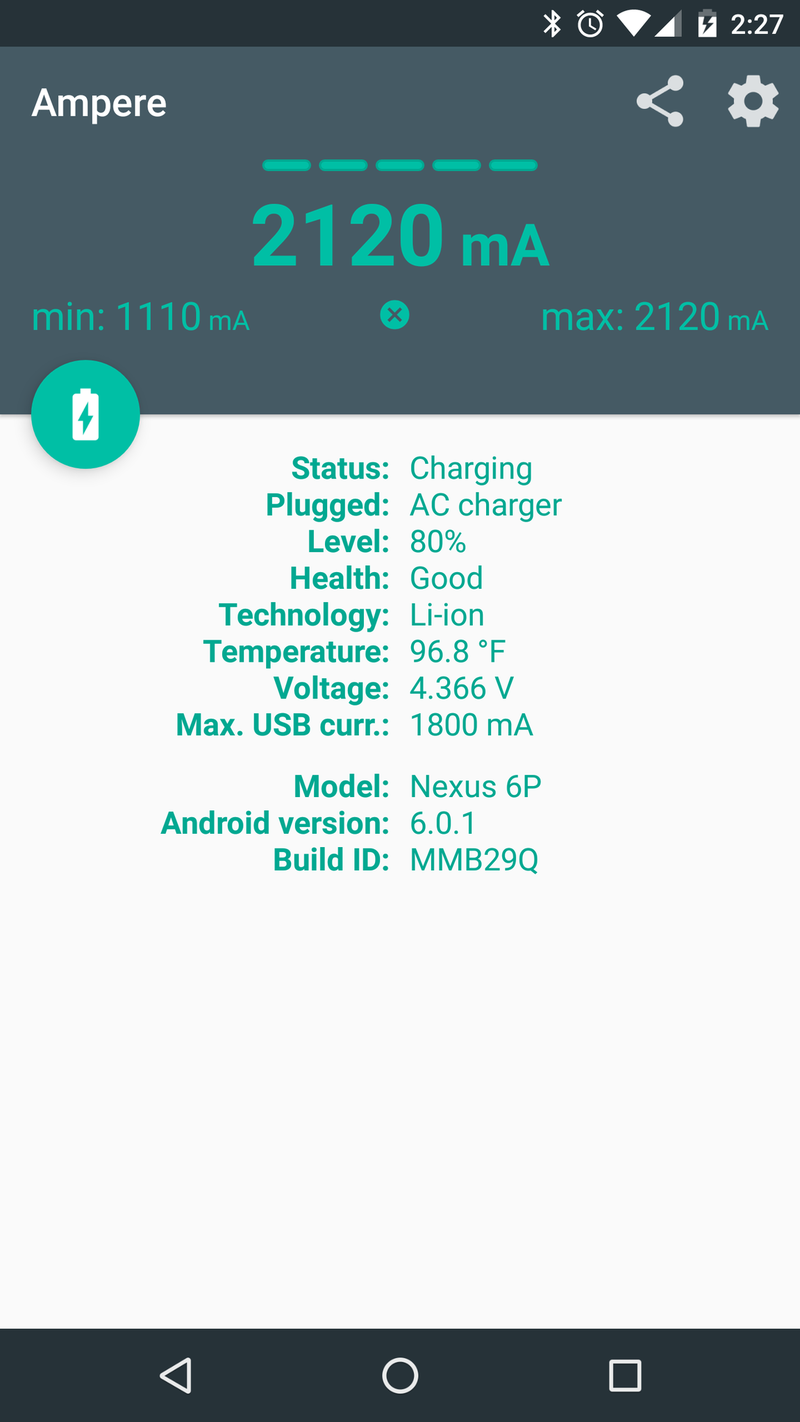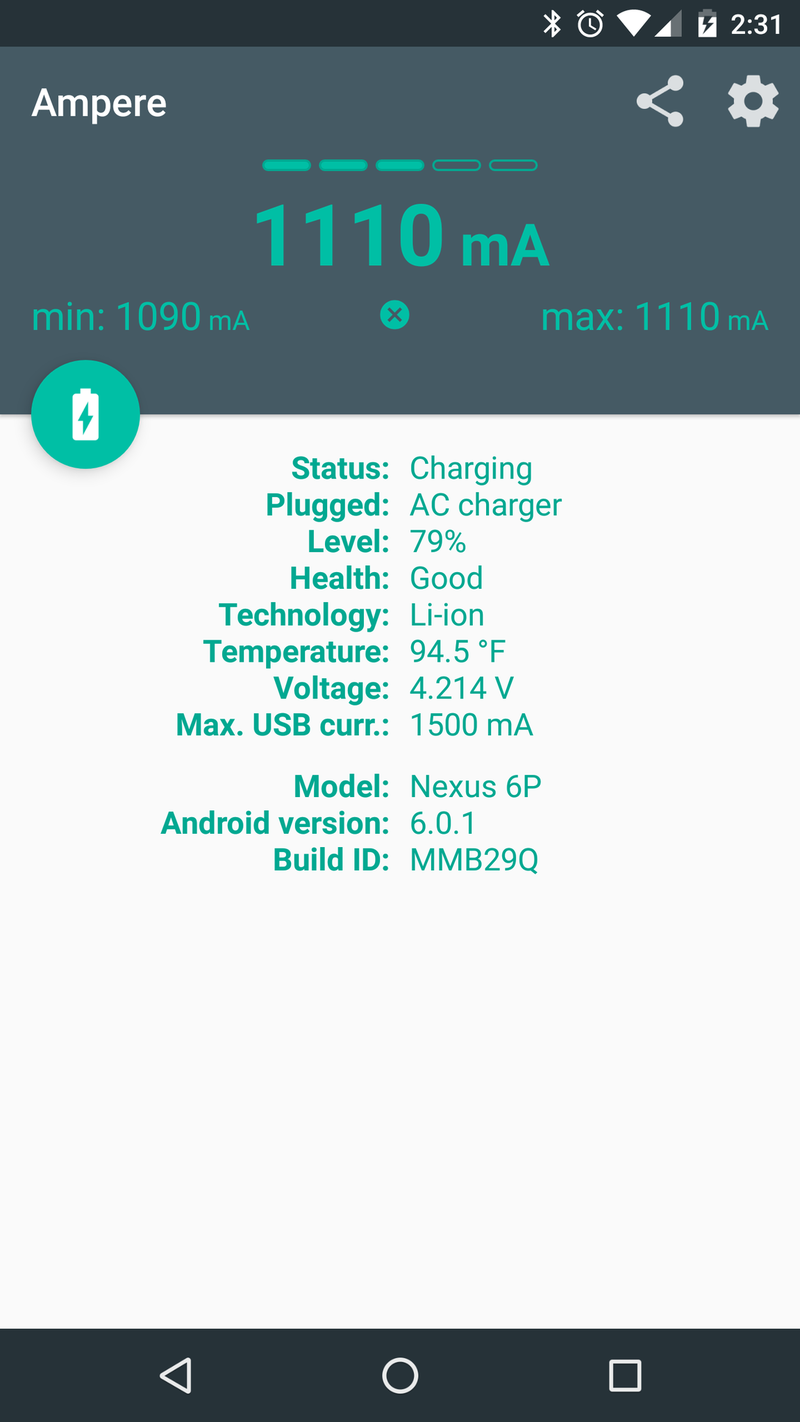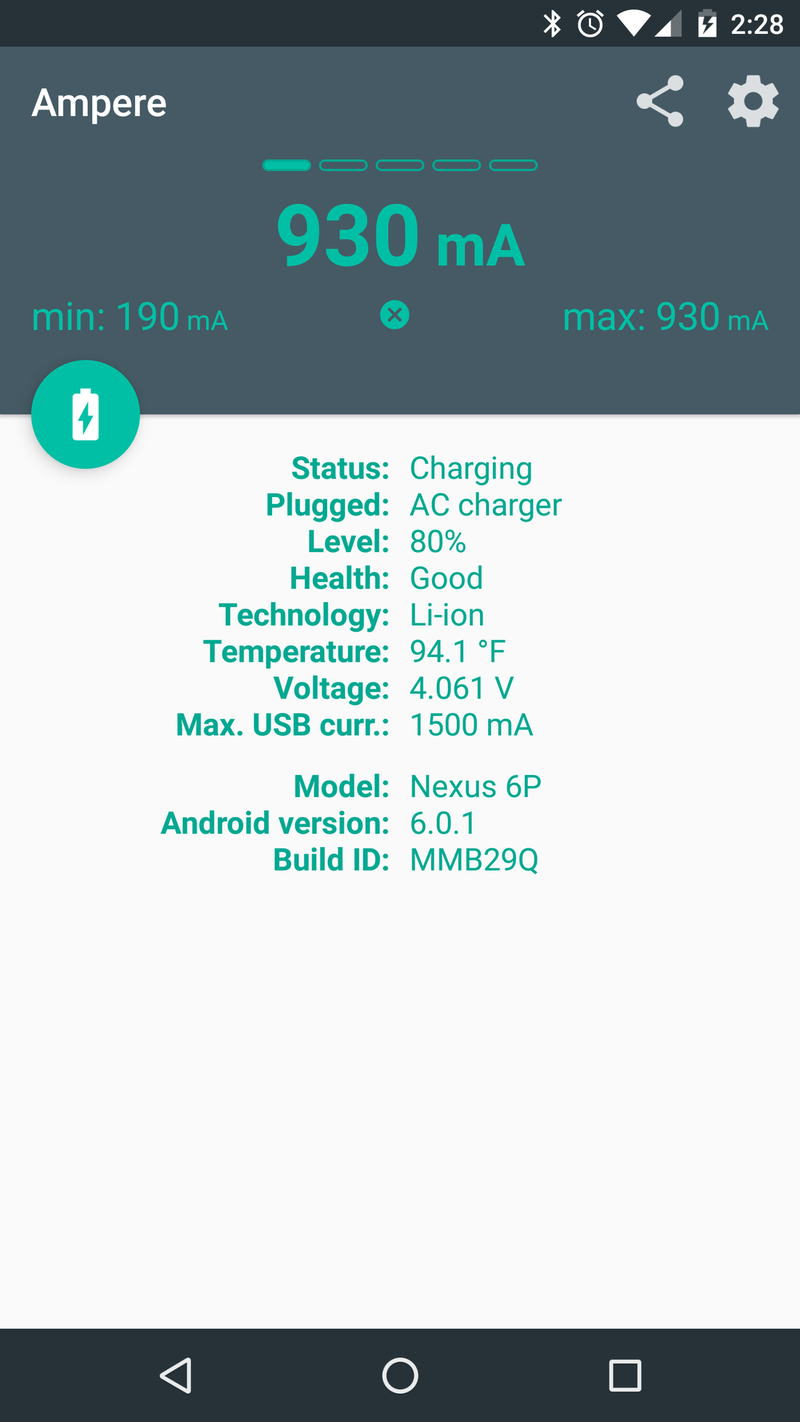Ask AC: Can I use a Qualcomm Quick Charger with my Nexus 6P or 5X?
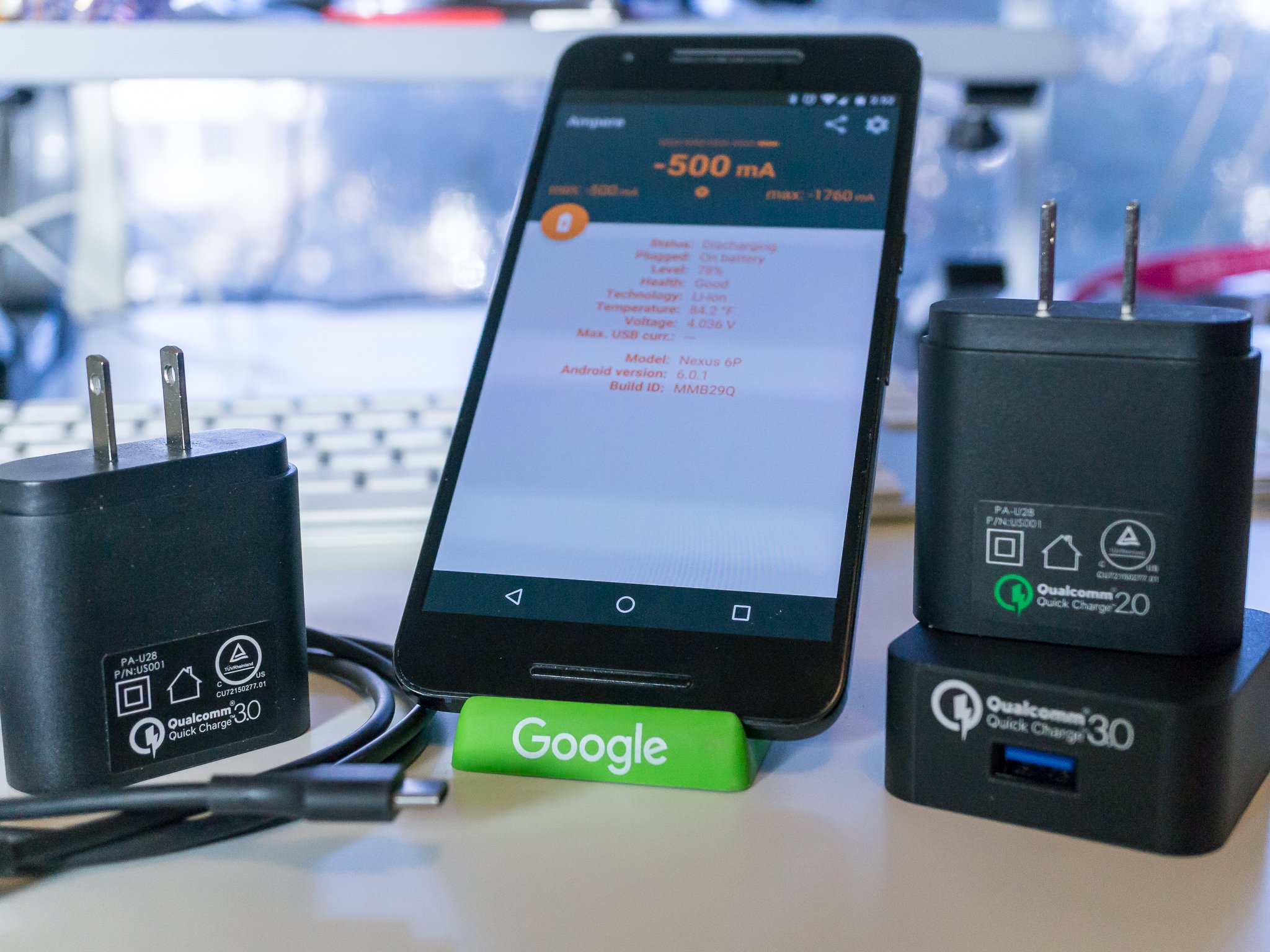
We get this question a lot. "Is it OK to use my Quick Charge 2.0/3.0 charger with my new Nexus 6P or Nexus 5X?" I completely understand why we get the question, and am happy to see people asking. With several different methods of rapid charging, new USB connectors, new USB standards (that nobody is fully using because they aren't finished) and cables that can burn up phones and laptops, asking questions is a good idea. Nobody likes it when things go boom. Except this guy.
The short answer — as long as you're using a good cable, your phone will charge. It will charge slower than it does with the included Nexus charger, but it doesn't get too hot or catch on fire or pop the circuit breaker when you plug it in. But that's a boring answer and doesn't let me sit at my desk and play with things. Let's take a closer look.
Warning
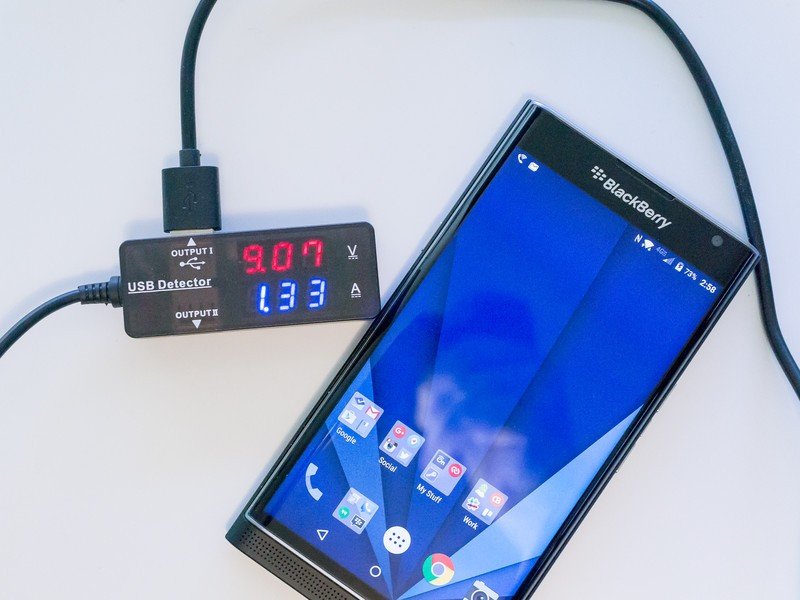
Don't use one of those USB plug-in power meters if you want to try this at home. They are a passthrough device with their own circuitry and may not be able to handle the higher load and may not be able to correctly pass it through. I love my little meter, at least as much as I can love a meter (which is a lot more than you think — my meter's name is Charlene, Sir!). But until someone you trust says you can use a particular one with no issues, don't use one on any USB-C equipment.
Also — the whole shitty-cable thing. There are a lot of cables out there. Some are good. Some aren't. I'll just say you should only ever use a cable that comes from the people who made your phone and have more lawyers than me. You can buy a USB-C to USB-C cable or a USB-A to USB-C cable from Google. I'll take the easy way out and say that's what you should do. If you do something differently, do some Internet reading to find out which cables are good according to whoever.
For some examples of how much juice flows from the charger to your phone, I used the Ampere app. It's not going to be perfect down to the single milliamp, but it does read the data supplied by the charging circuitry inside your phone. For what we're doing, it's plenty good enough. And it's fun to try and beat your high score.
Reference
On the left, you see the Ampere screen when my Nexus 6P is sitting idle. The important number is the -320 mA you see in orange. My phone, doing the normal things I have in the background, settles in somewhere around -320 if I let it sit still for 15 seconds or so. That means it's pulling 320 mA of power from the battery. That number can jump around a little, but -320 is a good average spot to use with my phone. You need to install the Ampere app and watch your phone for a few minutes to see your "sweet spot."
On the right is the Ampere screen when my 6P (with an 80 percent charge so it's not cheating and quick-charging) is plugged into the Nexus charger and cable that came with it. It's a USB-C to USB-C cable, and a Huawei branded USB-C quick-charger. After a few seconds, it settles in around 2,120 mA on the Ampere screen. When you factor in the 320 mA my phone uses (remember, that's just an average) you see that the Nexus USB-C quick charger is pushing out about 2,440 mA to the battery. The way Ampere works means you need to factor in how much juice your phone is using to get the total. And remember — this probably isn't a true milliamp reading like you would get if you tore things apart and used a multimeter. But it's close enough for our purposes. So — the Nexus charger and cable puts out about 2,440 mA while it's charging on my Nexus 6P with about 80 percent battery left.
Get the latest news from Android Central, your trusted companion in the world of Android
Qualcomm Quick Chargers
From left: Aukey PA-U28 USB Turbo Charger, Tronsmart WC1T 3.0 Qualcomm Certified Charger, Aukey PA-U28 USB Turbo Charger (old QC 2.0 version)
- The Aukey PA-U28 USB Turbo Charger: This is a certified Qualcomm Quick Charge 3.0 charger that is very popular — I have both the new and the old 2.0 model. It works extremely well charging QC 2.0 phones, will work with QC 3.0 phones and is pretty cheap. A lot of people have this charger and want to use it with their Nexus 6P or 5X. And you can, with no problem. Using the USB-A to USB-C cable from Google, it puts out 1,430 mA (1,110 plus 320) on average according to the Ampere app. More importantly, your phone or the charger itself doesn't get hot and nobody dies at the end. It just charges slower than the Nexus charger.
- The Tronsmart WC1T 3.0 Qualcomm Certified Charger: Another popular pick that's Qualcomm Quick Charge 3.0 certified. This charger works great with phones like the Droid Turbo or any other QC 2.0 model, and will work with QC 3.0 phones when they arrive. Using the USB-A to USB-C cable from Google, it pushes 1,230 mA to your battery as measured by the Ampere app. Again — no overheating or sparks. It works fine, though it will charge a bit slower than the Huawei USB-C quick charger that came with my 6P. It's also going to charge a little slower than the Aukey charger, but not enough to worry about. You can't get "quick charging" unless you're using the right quick-charger for your phone.
- The old version of the Aukey PA-U28 USB Turbo Charger: This is the Qualcomm Quick Charge 2.0 version of the Aukey USB Turbo Charger that I had in my laptop bag. You probably can't buy it any longer, but I figure a good many people have one and might want to use it. And I am having fun. It sends 1,250 mA to my Nexus 6P battery per the Ampere app, using that same USB-A to USB-C cable from Google. Again — this isn't nearly as much as a proper quick charger built for the 6P, but it charges just fine and nothing dangerous happens.
What? You lost me. Nerd.
That's OK! There are several different ways we can measure how much electricity goes from the wall to your phone battery. I'm using the Ampere app (it reads data from the charging circuit as it reports it to the system) which uses milliamps (mA) as a measurement. More milliamps = a faster charge. A lower milliamp output means your phone will charge slower.
The Nexus charger was built to quick charge the 6P and 5X as well as fill the battery after the quick-charge cycle is done, but other certified quick-chargers (Qualcomm, Samsung, Motorola etc.) aren't. But they can still charge your new Nexus without bad things happening. We'll see more companies building USB-C compatible quick chargers in 2016. If you are looking to buy a second one, but still have the charger from your last phone (or already bought a QC 3.0 charger), you can wait until we see who offers what.
Just be sure to use the right cable, and shy away from anything you don't know is 100 percent compliant.

Jerry is an amateur woodworker and struggling shade tree mechanic. There's nothing he can't take apart, but many things he can't reassemble. You'll find him writing and speaking his loud opinion on Android Central and occasionally on Threads.
